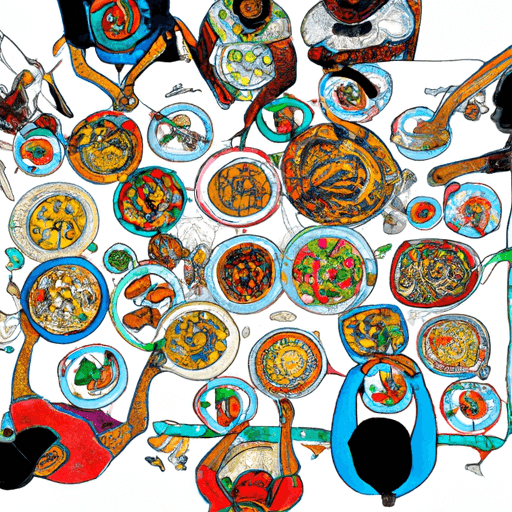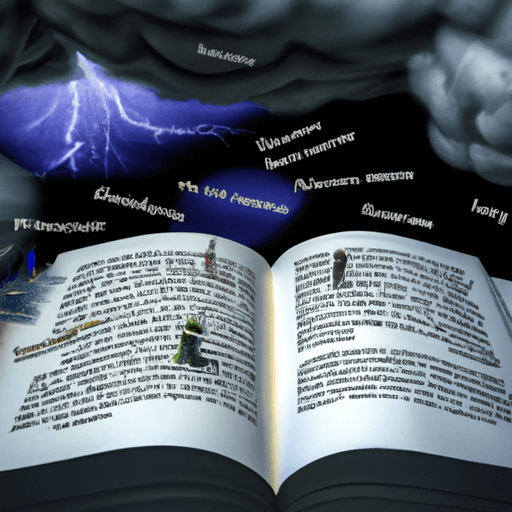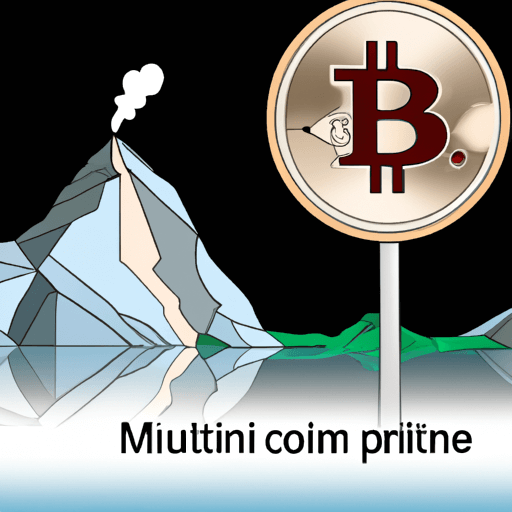Climate Change and Its Significant Influence on Species Migration
The planet is currently witnessing one of the most massive changes in its history - climate change. And this vast and rapid change is dramatically influencing the migration patterns of species both on land and in the ocean. This article delves into how rising temperatures, sea-level changes, shifting precipitation patterns, and melting ice caps are pushing species to move from their traditional habitats and disrupting their common migration paths and breeding seasons. This discussion extends to the significant implications these movements hold for ecosystems, biodiversity, and the future survival of these species.
The Impact of Rising Temperatures
Rising global temperatures are forcing both terrestrial and marine species to shift their habitats. Warmer temperatures can disrupt mating seasons, affect food sources, and make traditional habitats unsuitable for numerous species. For example, the red fox has been migrating northward into the Arctic fox's territory due to the increasing temperatures, resulting in new competitive dynamics between the two species.
Sea Level Rise: A Threat to Marine and Coastal Species
Sea-level rise threatens coastal and marine ecosystems, often causing irreversible changes. Certain species are directly affected and are forced to migrate into new territories. Many seabird species, such as the Atlantic puffin, are finding their nesting grounds submerged due to rising sea levels.
Changing Precipitation Patterns and Its Consequences
Changes in precipitation patterns can have dramatic effects on both plants and animals. Excessive rainfall or drought can cause food scarcity, forcing species to migrate for survival. The African elephant population, for instance, is facing increasing challenges with changing precipitation patterns affecting their food and water sources.
Ice Caps Melting: Polar Species at Risk
The melting polar ice caps are an existential threat to numerous polar species. Rising temperatures are causing ice melt at an alarming rate, forcing species like polar bears and emperor penguins to find new habitats.
Future Predications and Measures for Mitigation
If current trends continue, the future for many species looks bleak. Continuous shifts in habitats can lead to a loss of biodiversity and even extinction of certain species. Predictions show a possible increase in these shifts, changes in migration patterns, and more vulnerability in ecosystems if adequate measures are not taken to combat climate change.
Human actions, primarily burning fossil fuels, deforestation and other forms of land degradation, are the chief drivers of climate change. Reducing these activities, promoting conservation, and harnessing renewable energy sources can help mitigate the effects of climate change on species migration. It is crucial to understand that our survival and well-being are intricately linked to the health of our planet's biodiversity.

















Comments
Leave a Comment